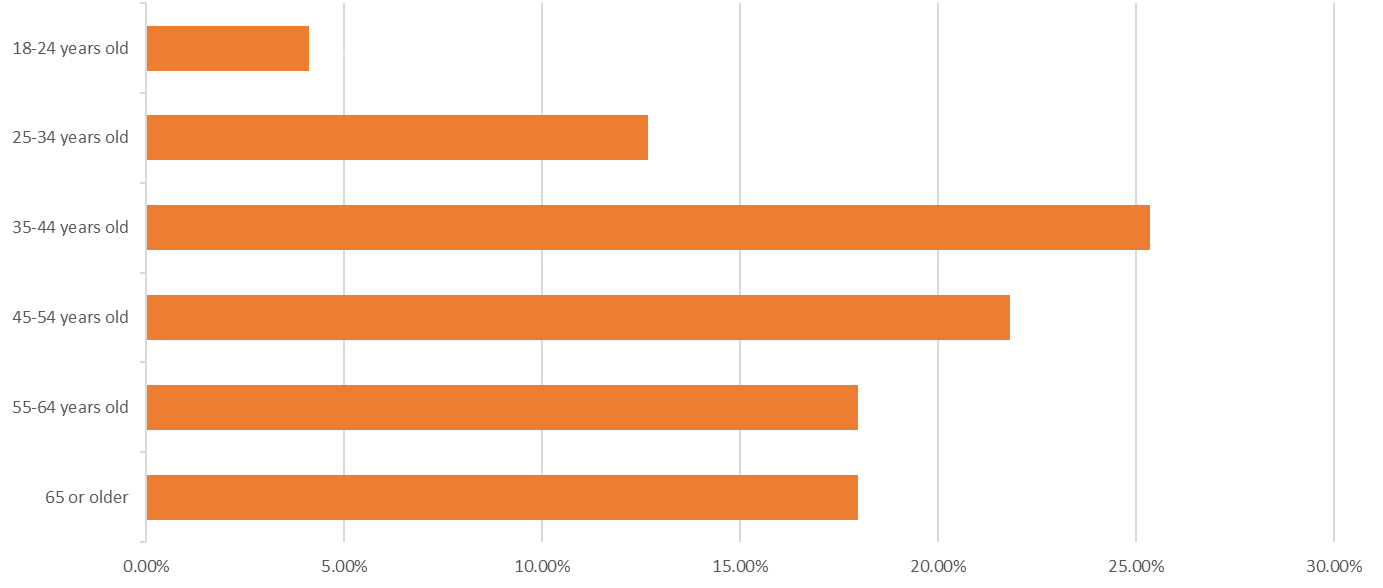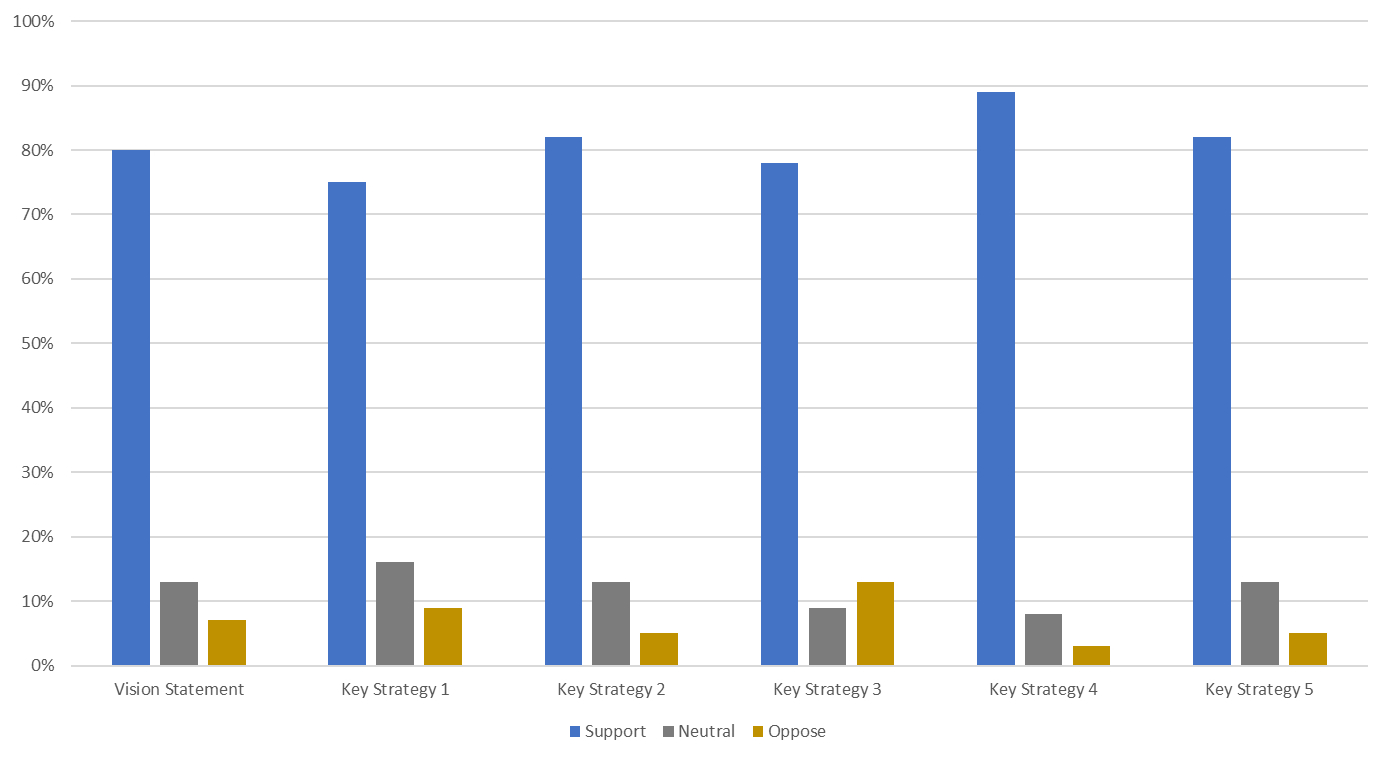What we heard: Consultation on the development of the Fundy National Park Management Plan
Fundy National Park
Most requested
On this page
Introduction
Fundy National Park’s new management plan was tabled in Parliament on June 13, 2024. A management plan, prepared in consultation with Canadians, is a key instrument for ensuring that Parks Canada delivers on its commitments to Canadians. A management plan identifies the vision and long-term strategic direction for a national park and describes how that vision and direction will be achieved. It describes how natural and cultural resources will be protected while also promoting public understanding and appreciation and facilitating meaningful visitor experiences.
This new management plan will replace the 2011 Fundy National Park Management Plan.
Engagement and consultation process
Public involvement is the cornerstone of Parks Canada’s management plans and ensures the views and perspectives of Canadians help shape the future of protected places. Indigenous Peoples, partners, stakeholders, and the public participated in developing this new management plan.
In early 2020, Parks Canada initiated the management planning process. This included an internal assessment, information gathering and analysis, and creating an approach to develop the new management plan. Parks Canada held several meetings with Indigenous partners, including Mi’gmawe’l Tplu’taqnn Inc. (MTI), Kopit Lodge, and the Wolastokiyik of New Brunswick, to develop the State of the Park Report and scoping phase, and to consult on elements including key priorities, opportunities, and challenges to be considered in the draft plan.
Consultation and engagement occurred in two phases: the first phase helped develop the draft management plan, and the second phase gathered feedback on the draft management plan.
Management planning timeline

Source: New Brunswick South Field Unit, Parks Canada
Management planning timeline — Text version
The phases are labeled as follows:
- State of the Park: The first segment on the left
- Scoping: The second segment
- Phase I Engagement: The third segment
- Draft Plan: The fourth segment
- Phase II Engagement: The fifth segment
- Final Plan: The final segment on the right, extending from Spring 2023 to the present
Below the arrow, a timeline indicates that the first three phases span from Winter 2019-20 to Fall 2021, and the next two phases from Winter 2021-22 to Fall 2022. The image provides a clear visual representation of the project’s timeline and current status.
Phase I engagement activities (winter 2019 to 2020 to fall 2021)
In the winter of 2019-20, Indigenous partners and key stakeholder groups including Park staff, heritage organizations, the tourism industry, municipal departments, academia, and conservation groups actively participated in shaping an overarching vision. Their insights helped inform the priority areas for the management plan review. These collaborative efforts took place through a combination of in-person and virtual sessions.
In March 2020, Parks Canada temporarily suspended consultation related to management planning due to the global COVID-19 pandemic, until being able to resume in the summer/fall of 2021. Additional meetings with Indigenous partners were held to discuss and review the priority issues and opportunities.
In the winter of 2021-22, Indigenous communities, key stakeholder groups, and the public were invited to provide input on the proposed vision elements and priority areas for the draft plan through a management planning newsletter, distributed via emails and social media and coverage from media outlets
Phase II engagement activities (spring 2022 to fall 2023)
Information collected from Phase I was used to develop a draft management plan in 2022. During this phase, several meetings were held with Indigenous partners to review and discuss the draft plan which helped strengthen the management planning priorities.
In the summer of 2023, the draft management plan was shared with the broader public through the Fundy National Park website, Facebook page, Park visitor centres, and media outlets to gather feedback on the proposed future management direction of Fundy National Park. Engagement also included in-person and virtual engagement sessions with key partners and stakeholders.
Who we heard from
Throughout the planning process and two consultation phases, Parks Canada heard from Indigenous communities, key partners and stakeholders, community members, visitors, and members of the public. from southern New Brunswick. During Phase II, the same participants, as well as a broader reach Canada-wide and internationally, also shared their thoughts on the draft management plan through an online survey (See Figure 1: Demographic information — consultation).
Figure 1: Demographic information — consultation

Source: New Brunswick South Field Unit, Parks Canada
Figure 1: Demographic information — consultation — Text version
| Region | Percentage |
|---|---|
| South-East New Brunswick | 70.0% |
| Other area of New Brunswick | 17.0% |
| Nova Scotia | 4.0% |
| Outside of Canada | 4.0% |
| Quebec | 2.0% |
| Other Province/Territory in Canada | 1.0% |
| Prince Edward Island | 1.0% |
| Ontario | 1.0% |
Age groups

Source: New Brunswick South Field Unit, Parks Canada
Age groups — Text version
| Age | Percentage |
|---|---|
| 18 to 24 years old | 4.13% |
| 25 to 34 years old | 12.68% |
| 45 to 54 years old | 21.83% |
| 35 to 44 years old | 25.37% |
| 55 to 64 years old | 17.99% |
| 65 or older | 17.99% |
What we heard
Participants shared thoughtful feedback and emphasized the importance of Fundy National Park and surrounding areas to First Nations, partners and stakeholders, communities and residents, and visitors.
During Phase I, participants recognized the key role the national park plays in fostering appreciation and understanding of the cultural and natural heritage of the Fundy region. They identified the Park as a place of connection, protection, and exploration. They also shared feedback on what they feel is being done well and areas where they think improvements could be made. This feedback was used in developing the draft management plan.
During Phase II, participants were encouraged to share comments and suggestions on the proposed vision, key strategies, and objectives in the draft management plan through an online consultation form.
Parks Canada heard different perspectives from over 490 participants on how we share stories and educate visitors and Canadians (See Figure 2: How respondents rated the draft management plan).
Figure 2: How respondents rated the draft management plan

Source: New Brunswick South Field Unit, Parks Canada
Figure 2: How respondents rated the draft management plan — Text version
| Component | Support | Neutral | Oppose |
|---|---|---|---|
| Vision statement | 80% | 13% | 7% |
| Key strategy 1 | 75% | 16% | 9% |
| Key strategy 2 | 82% | 13% | 5% |
| Key strategy 3 | 78% | 9% | 13% |
| Key strategy 4 | 89% | 8% | 3% |
| Key strategy 5 | 82% | 13% | 5% |
The majority of participants supported the proposed draft management plan and meaningful feedback was provided on many aspects of the plan, including the general language used, the vision, key strategies, objectives, and targets. Many views were shared, and the following themes emerged:
Indigenous connection and reconciliation
Many participants expressed support for First Nations being involved in the protection and conservation of the Park. Other highlights included the importance of incorporating First Nations’ world views and the principles of Two-Eyed Seeing into all aspects of the Park’s management. Some called for more clarity on co-management and what that involves.
Balancing protection and enjoyment
A common theme was the need to strike a balance between protecting natural resources and ensuring enjoyable experiences for visitors. Most respondents expressed support for the focus on sustainability and the need for a comprehensive evaluation of the Park's offerings aimed at quality and value to ensure a positive and sustainable experience for visitors, while some raised concerns about the potential reduction of services.
Sharing the broader story of Fundy
Respondents expressed a significant interest in seeing the stories of the Park evolve to include more information and context about First Nations' traditional ties to the lands and waters, as well as European settler stories, including families and communities. Suggested activities included educational workshops, interpretation programs, and on-site accessible information panels.
Ecological connectivity, climate change, and the regional landscape
Most respondents emphasized the importance of collaborating with key partners and stakeholders to enhance monitoring, management, and ecological connectivity within Fundy National Park. Several mentioned the importance of addressing climate change, green operations, and the need to adapt to these changes on a much larger scale by advocating for conservation efforts beyond the borders of the national park.
Addressing diversity and inclusion
Respondents confirmed the importance of addressing diversity and inclusion throughout the management plan. While they felt this was well reflected in the plan, many observed that it could continue to improve and be expanded.
Top priorities/interests among respondents included hiking trails, climate resilience, and green technology, and increased accessibility of existing or new infrastructure. Other noteworthy recommendations included creating infrastructure to enhance “digital-first” visitor experiences, expanding overnight opportunities, and establishing designated family-gathering spaces.
All feedback was carefully reviewed and considered in finalizing the 2024 Fundy National Park Management Plan. Many comments influenced and strengthened the content of the new management plan, while other feedback may be considered during the implementation of the plan.
Many thanks to all who participated. Your feedback will help shape the management of Fundy National Park for the next ten years!
- Date modified :